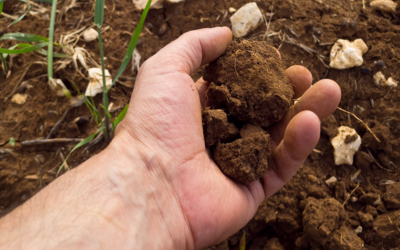
Bio-fungicides
Bio-fungicides are the formulations of living organisms that are used to control the activity of plant pathogenic fungi and bacteria. The concept of bio-fungicides is based on observations of natural processes, where beneficial microorganisms, usually isolated from soil, hinder the activity of plant pathogens. Bio-fungicides are made up of a beneficial fungus and bacteria, which attack pathogenic plants and colonize, causing them to thwart diseases. These microorganisms are usually and naturally found in soil, making them an environmentally friendly alternative to chemical fungicides. Additionally, using bio-fungicides in gardens as an incorporated disease management program reduces the risk of pathogens becoming resistant to chemical fungicides.

How do Bio-fungicides work-
Bio-fungicides control other microorganism in the four following ways:-
1. Through direct competition, bio-fungicides grow a defensive barrier around the root system, or rhizosphere, thereby shielding the roots from harmful attacking fungi.
2. Bio-fungicides also produce a chemical similar to an antibiotic, which is toxic to the invading pathogen. This process is called antibiosis.
3. Bio-fungicides attack and feed harmful pathogens.
4. Bio-fungicides has to be in the rhizosphere either before or at the same time as the pathogen.
5. Predation by the bio-fungicides will not affect the harmful pathogen. If it presents after it has infecting the roots.
6. Bio-fungicides soon start the plant’s immune defense mechanisms enabling it to successfully fight off the invading harmful pathogen.
Uses-
It is important to Know when to use a bio-fungicides. As mentioned above, introduction of fungicides will not “cure” an already infected plant. When using bio-fungicides in the garden, it should be applied before the onset of disease development. Early applications protects the roots against attacking fungai and vigorous development of root hairs. Bio-fungicides should always be used in conjunction with basic cultural control of hygiene, which is the first line of defense for protection from disease.



